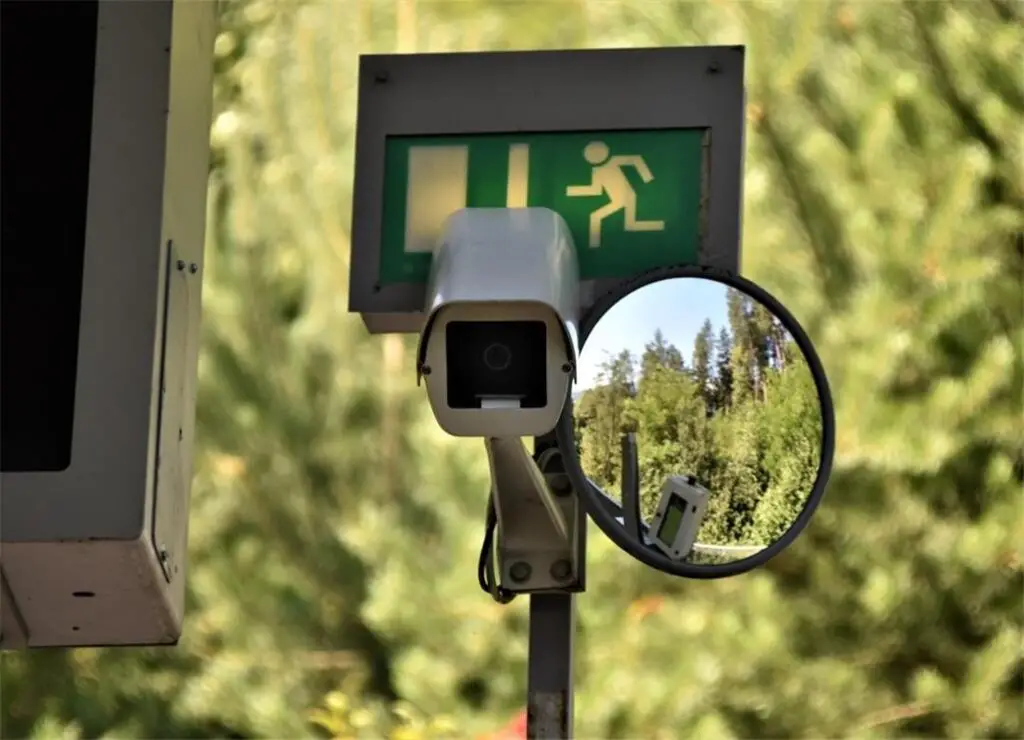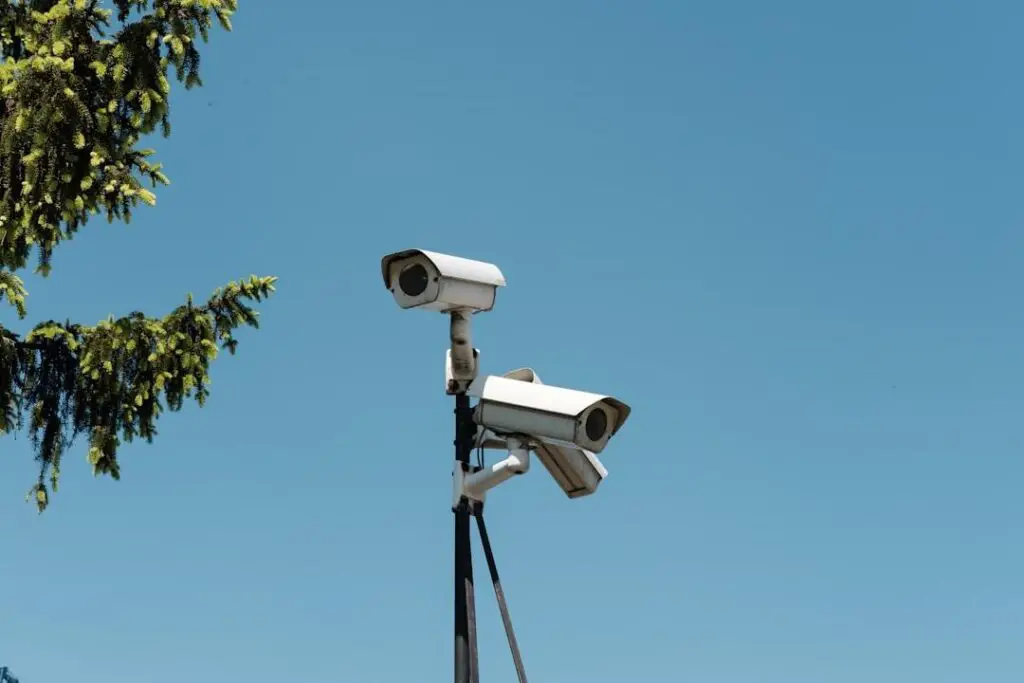As business security becomes a growing concern, the market is inundated with various security camera options, each promising to protect your assets better than the last.
Business owners and security managers must stay informed about the features that truly matter when selecting the best security camera system. Carefully assessing technology, image quality, night vision capabilities, storage options, and integration potential makes all the difference.
By equipping yourself with this knowledge, you can make an investment that safeguards your physical premises and provides peace of mind. Below, we explore these critical elements in depth.
Highlighting Key Image Quality and Resolution Specifications

Image quality is paramount when choosing security cameras. The resolution, measured in pixels, directly impacts the clarity of your monitoring footage. Higher-resolution cameras provide more detail, which is crucial for identifying faces, license plates, and other critical forensic details.
Image sensors and lens quality also significantly affect a camera’s ability to capture clear images. Larger sensors can gather more light, essential for producing clearer images in varying lighting conditions. Similarly, a high-quality lens can significantly improve image sharpness, especially in low-light scenarios.
Another aspect of image quality is the camera’s field of view. A wider angle lens will cover more area but may produce images with more distortion. Conversely, a narrower field of view offers higher detail but may require additional cameras to cover the same area.
The frame rate, or the number of frames per second (fps) the camera records, affects the smoothness of the footage. Higher frame rates are beneficial when capturing fast-moving objects, reducing motion blur, and providing smoother videos.
However, increased fps can also require more storage capacity and bandwidth, which should be balanced against your systems’ capabilities.
Evaluating Night Vision Capabilities for 24/7 Monitoring

Nighttime or low-light environments pose a daunting challenge for security cameras. Ensuring your camera system has robust night vision capabilities will enable round-the-clock monitoring and peace of mind. Infrared (IR) illumination is a common feature in night vision cameras, providing a light source that is not visible to the human eye but is detectable by the camera.
The range and intensity of a camera’s IR illumination influence its effectiveness after dark. Examine the specified IR range to ensure it covers the necessary distances within your monitoring area. Some high-end models offer adaptive IR technology, adjusting the intensity based on the proximity of the subject to prevent overexposure.
Color night vision is an advanced feature that some modern cameras possess. It captures color images in low-light conditions where traditional cameras would switch to black and white. This feature can dramatically improve detail recognition, such as vehicle color or clothing, which can be critical in security assessments.
However, incorrect installation or positioning can hinder even the best night vision capabilities. Reflective surfaces, windows, and barriers can impede IR light, so it’s important to have a professional assess and potentially adjust the placement of your night vision cameras for optimal performance.
Assessing Storage Options and Video Management Systems
Selecting the right storage option is as crucial as the camera itself. Local storage solutions such as DVR or NVR systems keep your data on-premises, which may be preferred for their physical control and ease of access. Yet, they require maintenance and can be limited in capacity, necessitating regular data management or expansion.
Cloud storage solutions offer virtually unlimited capacity and the convenience of remote access to footage. They also provide added layers of redundancy, safeguarding your data against equipment failure. However, they typically come with ongoing costs and raise concerns about data security and privacy, which must be carefully considered.
Video management systems (VMS) are integral to managing the footage your cameras capture. A high-quality VMS should provide an intuitive interface, robust search capabilities, and customizable settings for recording schedules, notifications, and user permissions. It determines how quickly and effectively you can respond to security incidents.
Today’s VMS solutions may include sophisticated features such as artificial intelligence and analytics, which can provide proactive alerts and streamline data retrieval. When evaluating VMS options, clarity and ease of use should be weighed against the sophistication of features offered, ensuring they align with the needs of your security personnel.
Altogether, selecting the right security camera system for your business requires thoroughly evaluating key features like image quality, night vision, storage options, and integration capabilities. By making informed decisions, you can ensure your organization’s comprehensive protection and peace of mind.